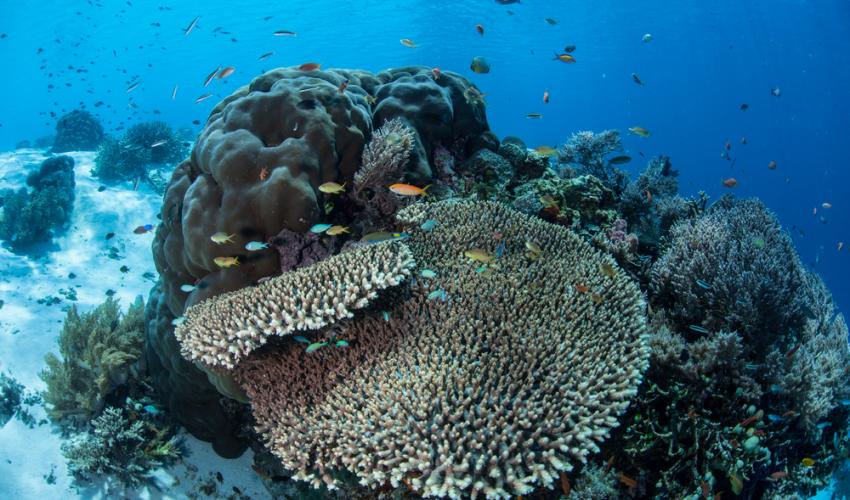“Key to our work is the synergy from bringing together experienced coral growers, conservation resource managers and coral reef scientists,” says O'ahu Coral Nursery Manager David Gulko.
Tropical coral reefs provide habitat for around a quarter of all marine species but climate change, invasive species and pollution are damaging some reefs faster than they can recover on their own.
Hawaiʻi’s corals are particularly at risk. They are among the slowest-growing on the planet, averaging 1 cm a year, far slower than most corals elsewhere. So after a damaging event such as coral bleaching, they take a long time to recover.
A coral restoration nursery opened by the State Department of Land and Natural Resources, Division of Aquatic Resources (DAR), gives new hope. The nursery provides healthy colonies that can be transplanted onto degraded reefs, restoring life in a fraction of the time it would take this type of coral to grow naturally.
“New corals need decades to grow naturally large enough to reproduce again. It means that on-site reef restoration techniques used elsewhere often don’t work for Hawaiʻi,” says Coral Nursery Manager David Gulko.
DAR’s ‘fast growth protocol’ begins with a coral fragment, taken from a harbour to avoid damaging the natural reefs. After quarantining the coral, nursery technicians break it into smaller, genetically identical pieces, as small fragments grow faster.
“Placed in an environment controlled for water chemistry, light and temperature to optimise growth, the fragments can grow up to 4 cm in about one year,” explains Coral Nursery Specialist Norton Chan. “Next, we allow them to conglomerate into a size that would take up to 20 years. From an original 10 cm colony, we end up with colonies in the 40 cm range. The size jumpstarts the corals’ ability to contribute to a reef’s recovery.”
The nursery will soon take its first ‘survival-capable’ corals to reefs for testing.
Located at the Anuenue Fisheries Research Center on O’ahu, the nursery also houses a Rare Coral Ark that stores specimens of Hawaiʻi’s endemic corals such as sandpaper rice coral (Montipora patula) and blue rice coral (Montipora flabellata). The Ark offers insurance against catastrophic events, including the third global bleaching event declared in late 2015, caused by record ocean temperatures.
“Key to our work is the synergy that has occurred from bringing together experienced coral growers, conservation resource managers and coral reef scientists,” says Gulko. “That synergy gave us this protocol and a nursery that operates on a small budget doing amazing things.”
Hawaiʻi and others will be sharing their innovative approaches to supporting species survival at the IUCN World Conservation Congress 2016.











